Previous post: Pisa’s Leaning Wonder and Siena’s Medieval Magic – Matthias Meyer
The next morning, December 29th, 2024, in Perugia, I woke up early and took a short walk to watch the sunrise. It was really beautiful. The city was empty, and I had the sunrise all to myself. Afterward, I went back to the hostel, grabbed my backpack, and headed to Assisi, a town the hostel receptionist had recommended the night before. To get there, I had to take the Minimetrò again, then a train, and then a bus to Assisi’s city center. The whole trip took about an hour. On the way, I couldn’t help but smile at how inefficiently some people seemed to work. While waiting for the Minimetrò, I saw the cleaning staff, and they were talking for maybe 80
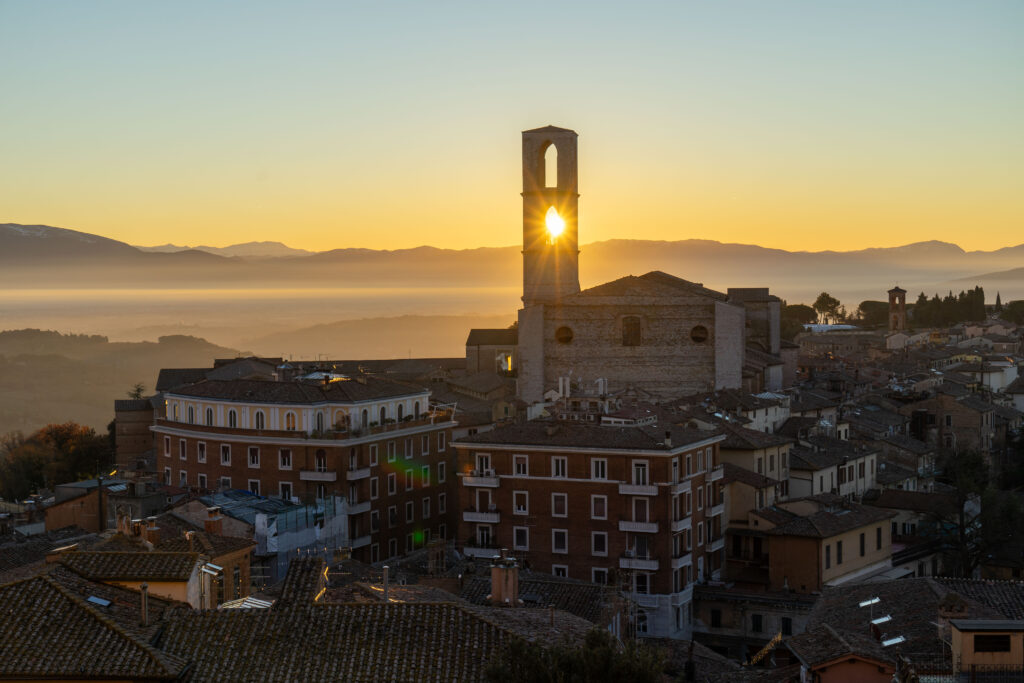
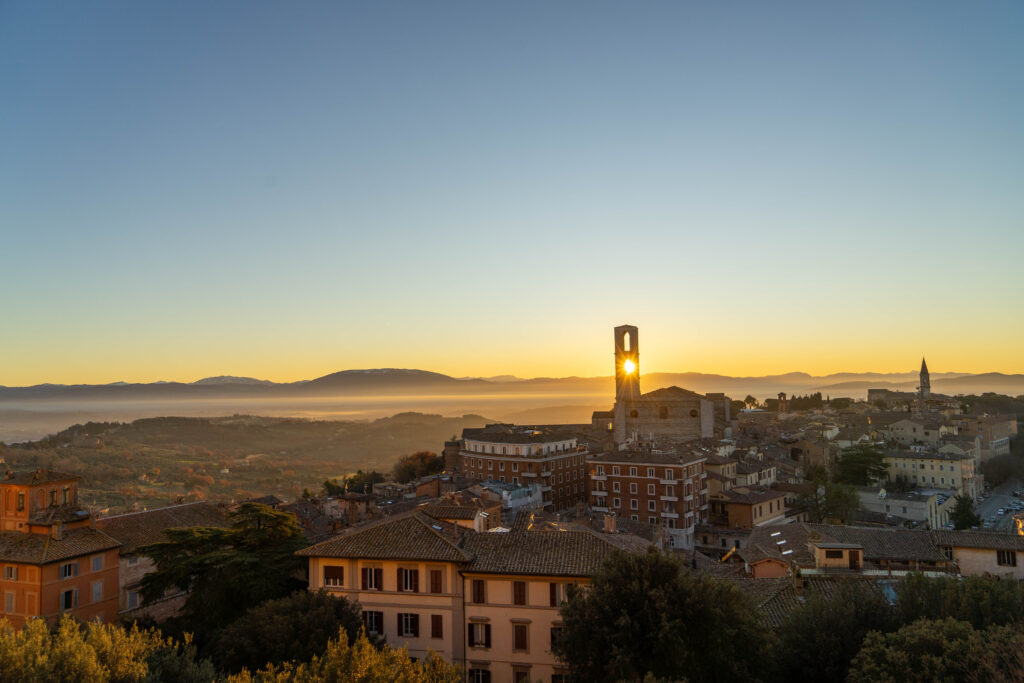
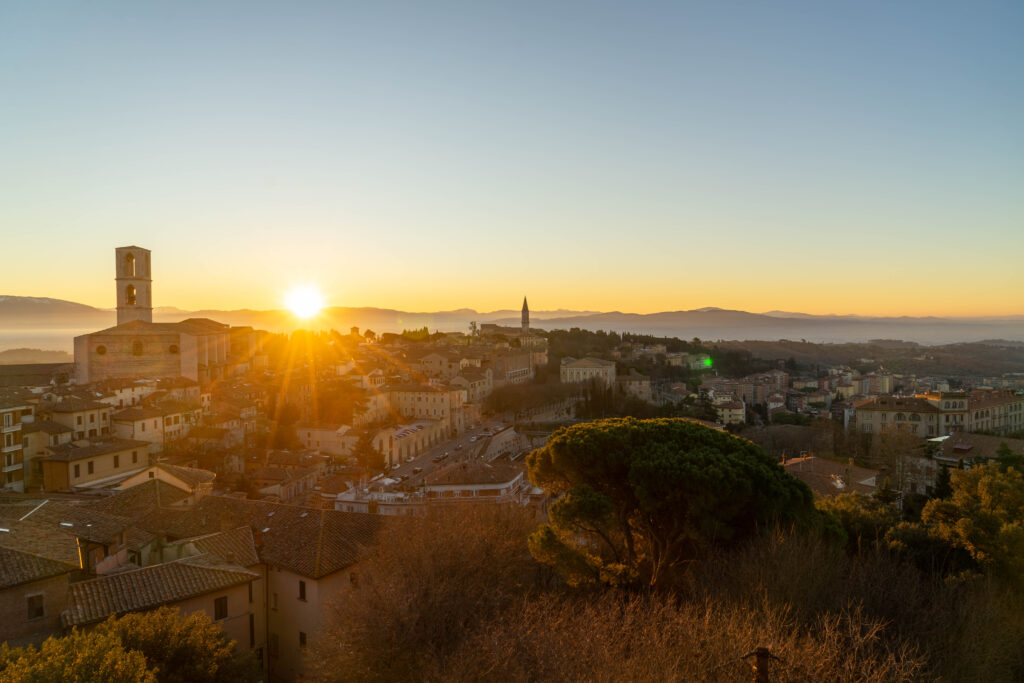
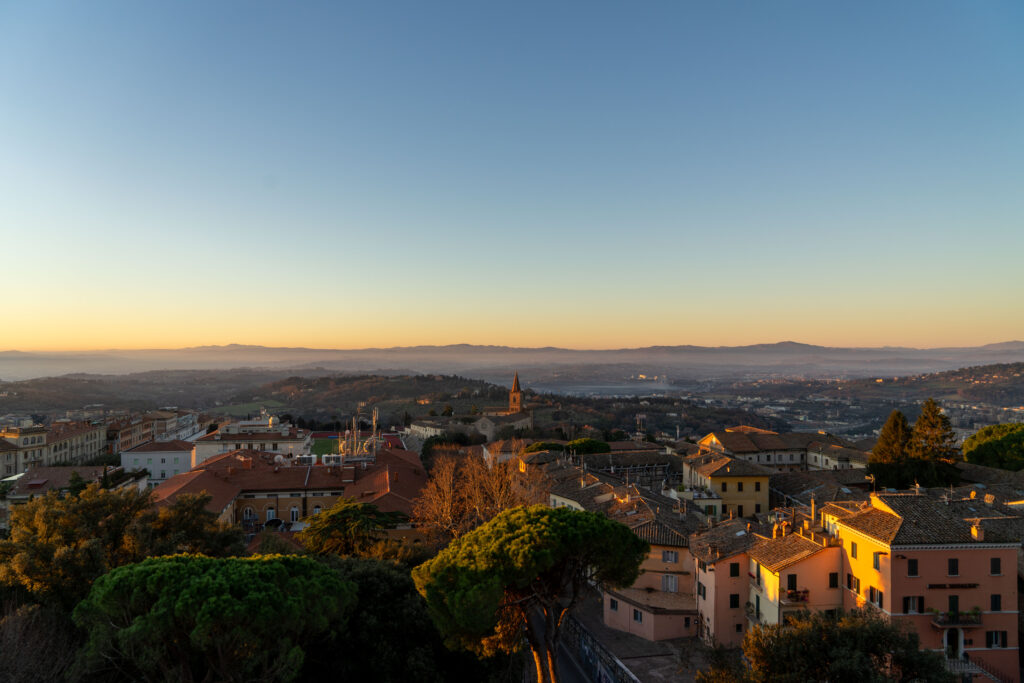
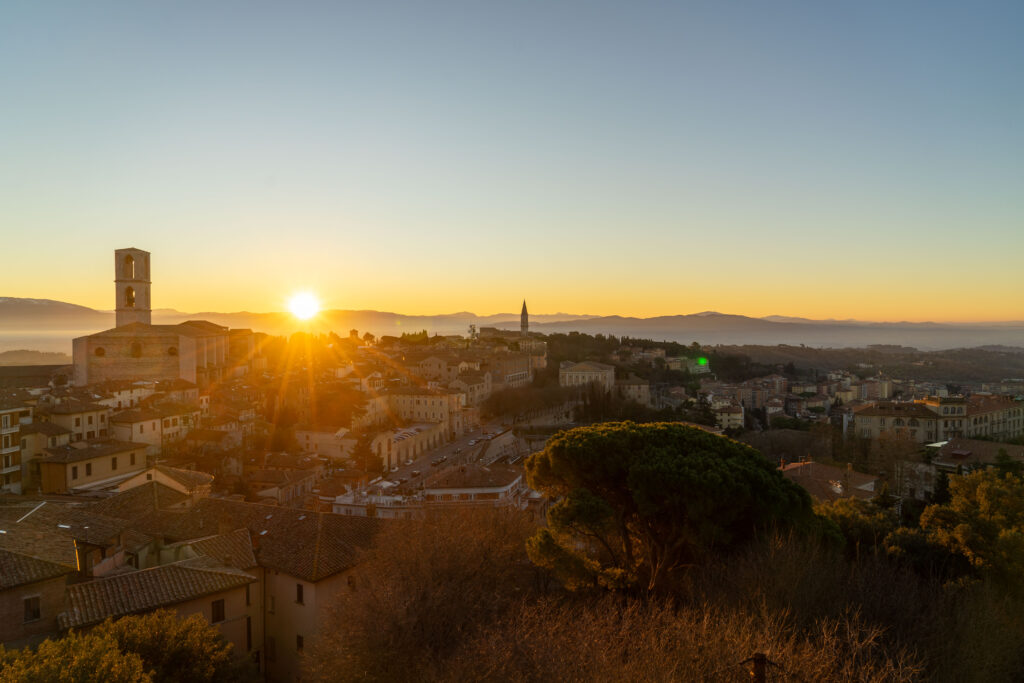
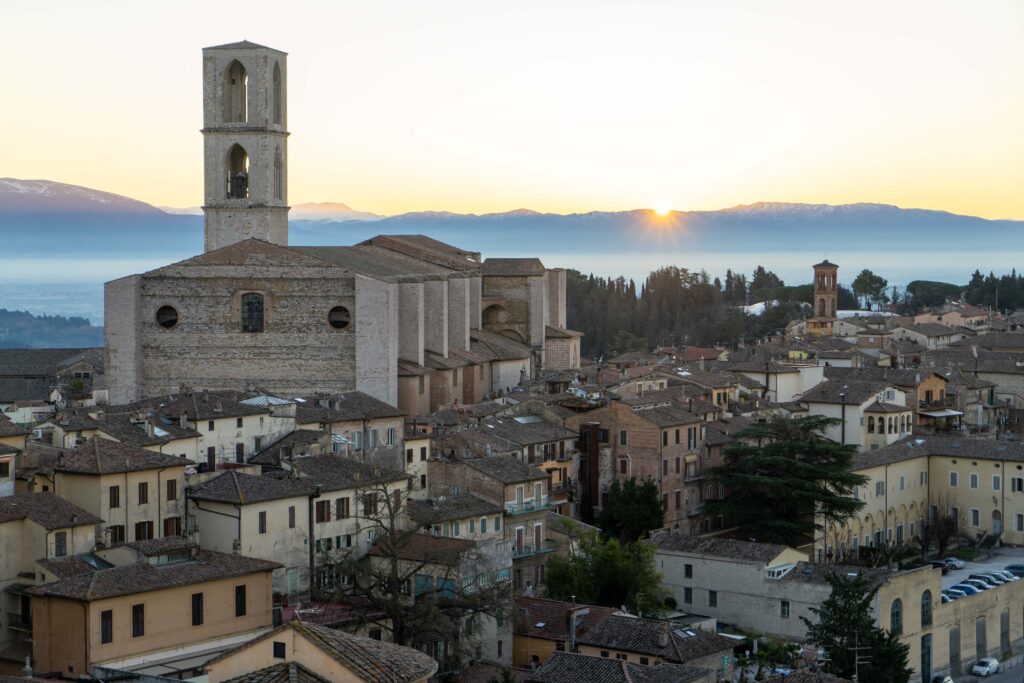
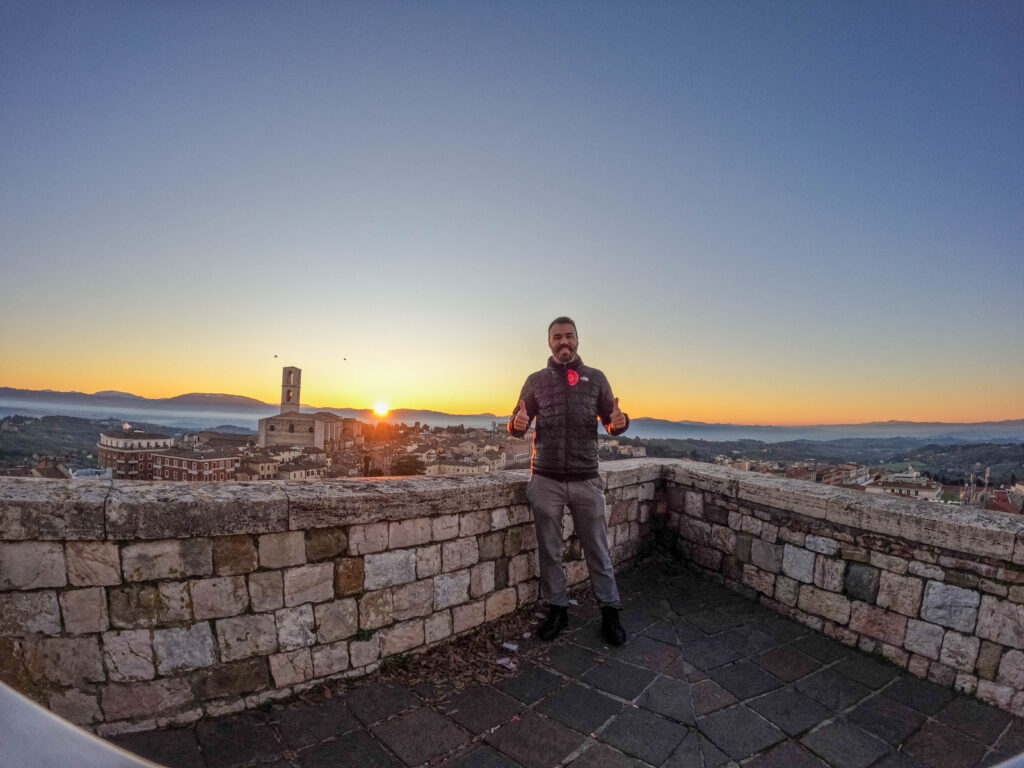
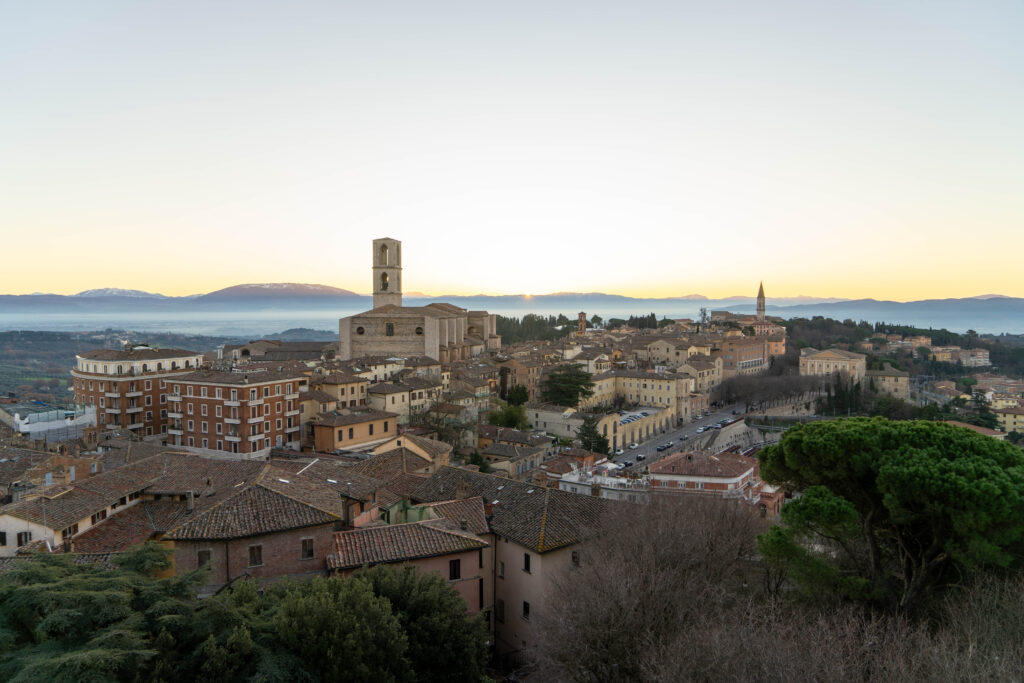
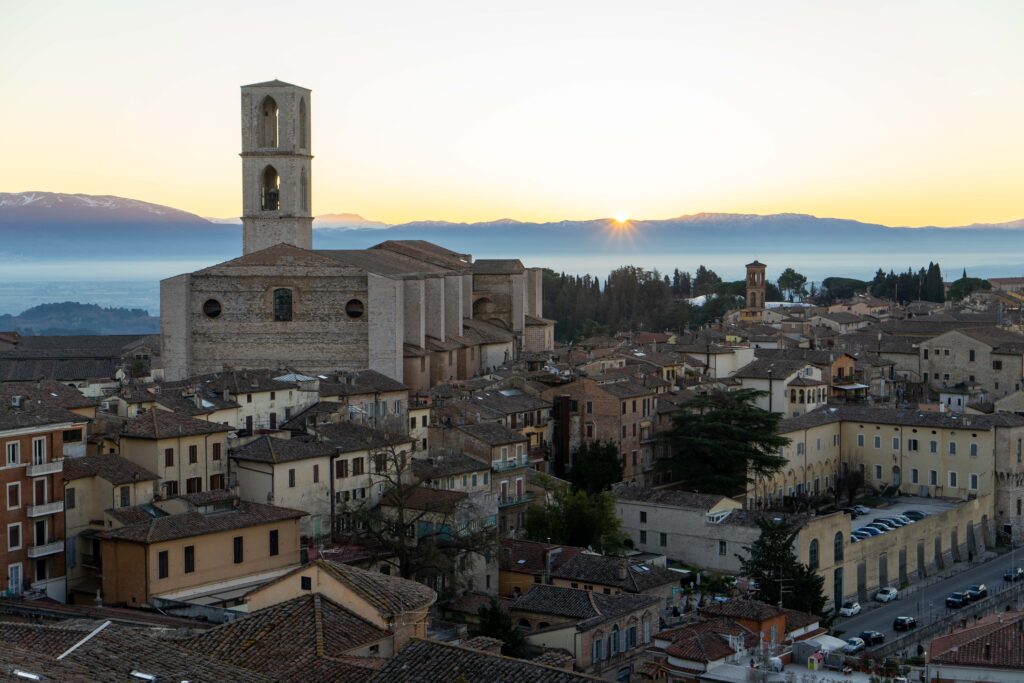
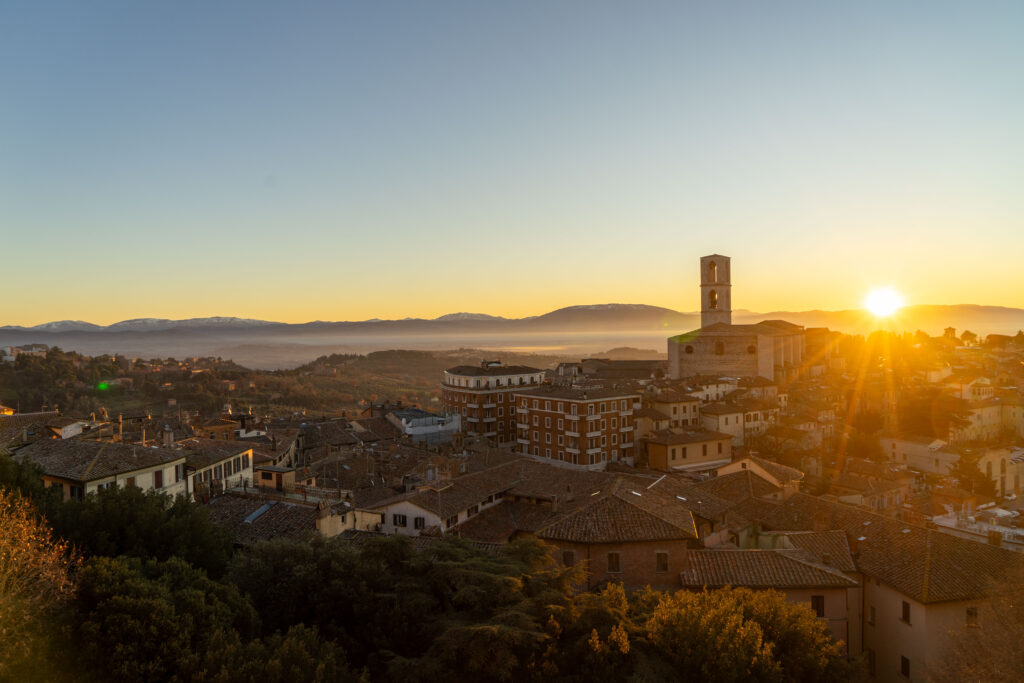
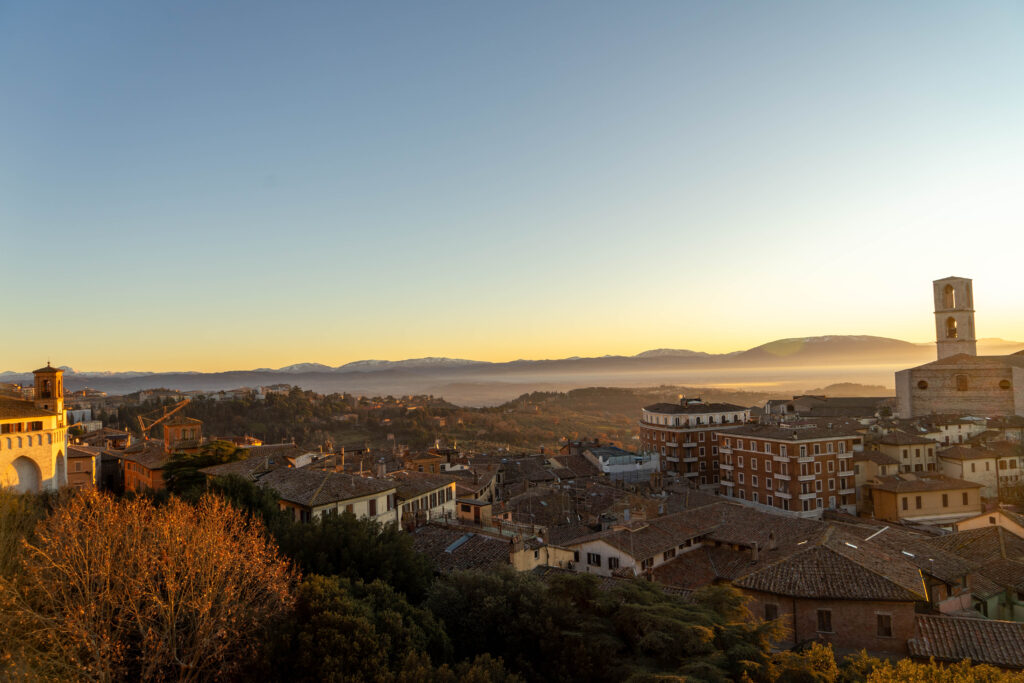
And then, Assisi. This charming hilltop town, a UNESCO World Heritage site, was a balm for the soul. I started by visiting the imposing Rocca Maggiore, a medieval castle that has stood guard over Assisi since the 12th century. This fortress, built primarily between 1359 and 1367, but incorporating earlier structures, offers insight into medieval military architecture. It was constructed to intimidate the local population and exert control over the region. Over the centuries, it has been used by various rulers, including the infamous Cesare Borgia. Today, it stands as a remarkably well-preserved example of a medieval fortress, with its imposing towers, thick walls, and commanding position offering visitors a glimpse into the turbulent history of the region. The views from the castle ramparts were simply stunning, offering a sweeping panorama of the Umbrian countryside. I then wandered through the town’s narrow, cobblestone streets, soaking in the peaceful atmosphere.
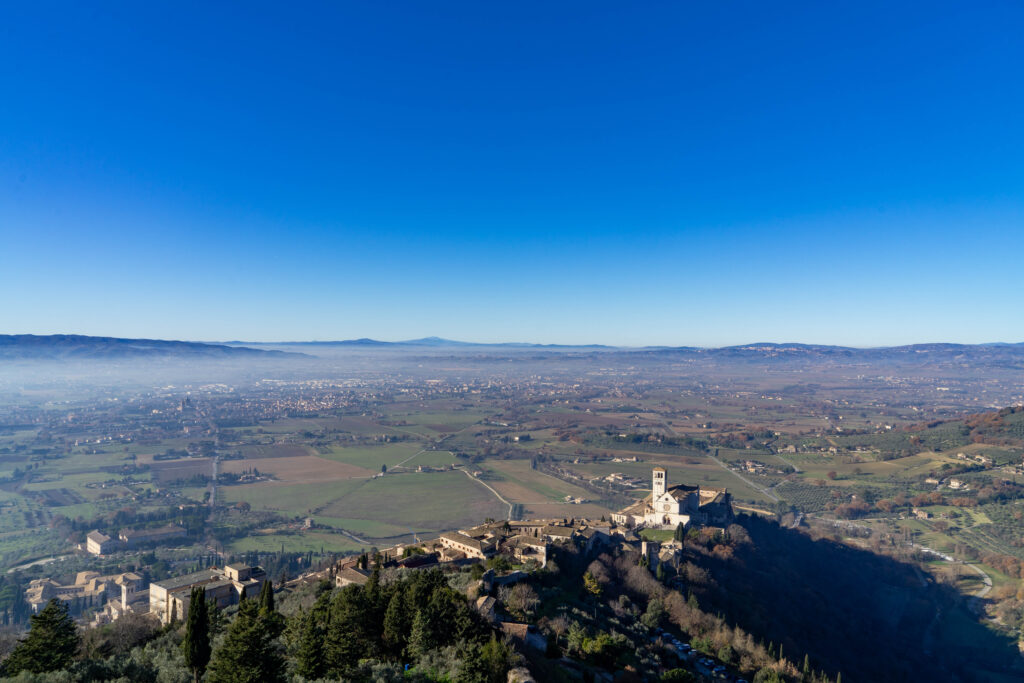

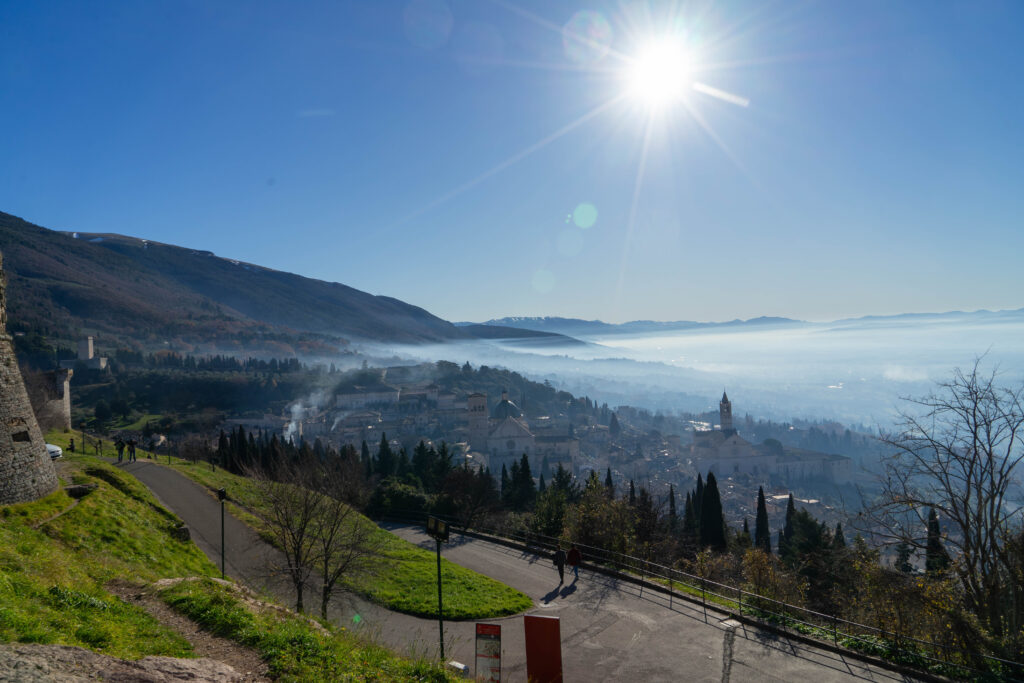
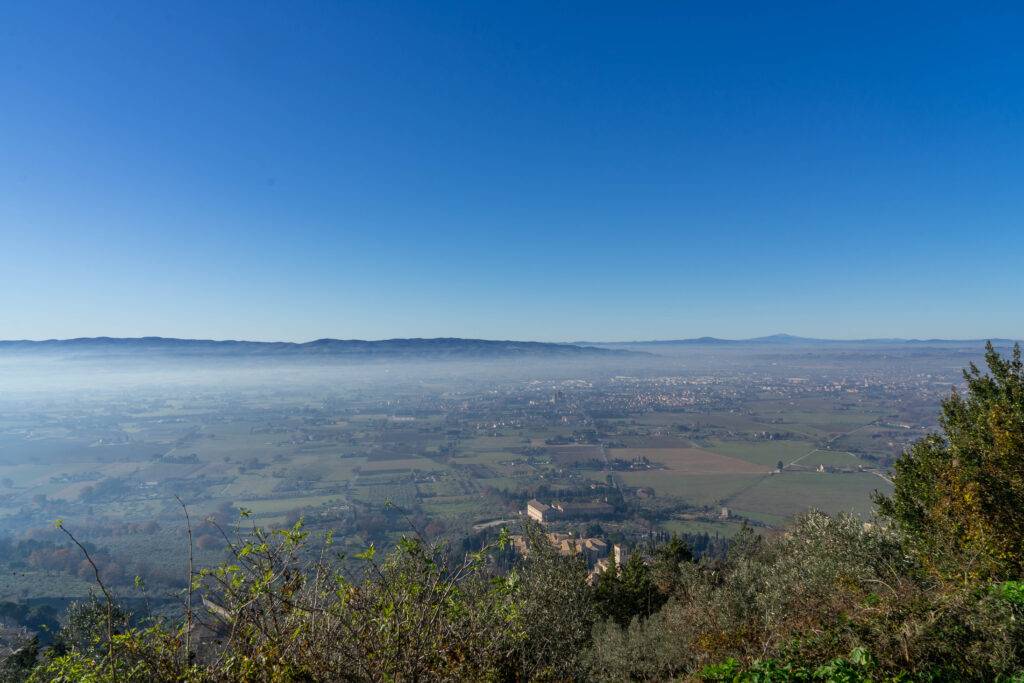



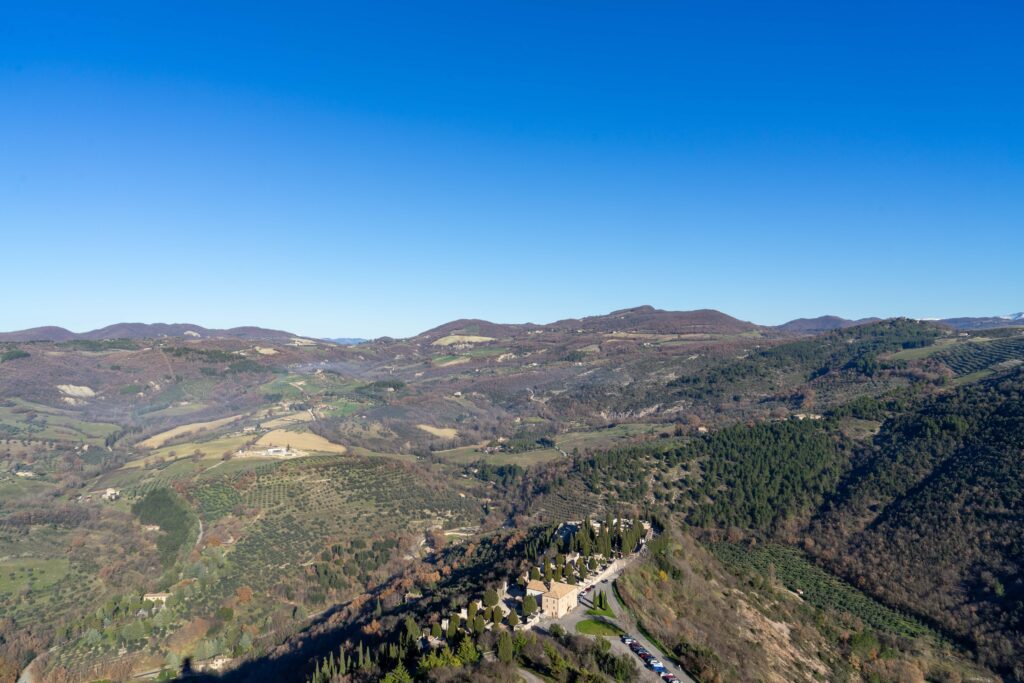
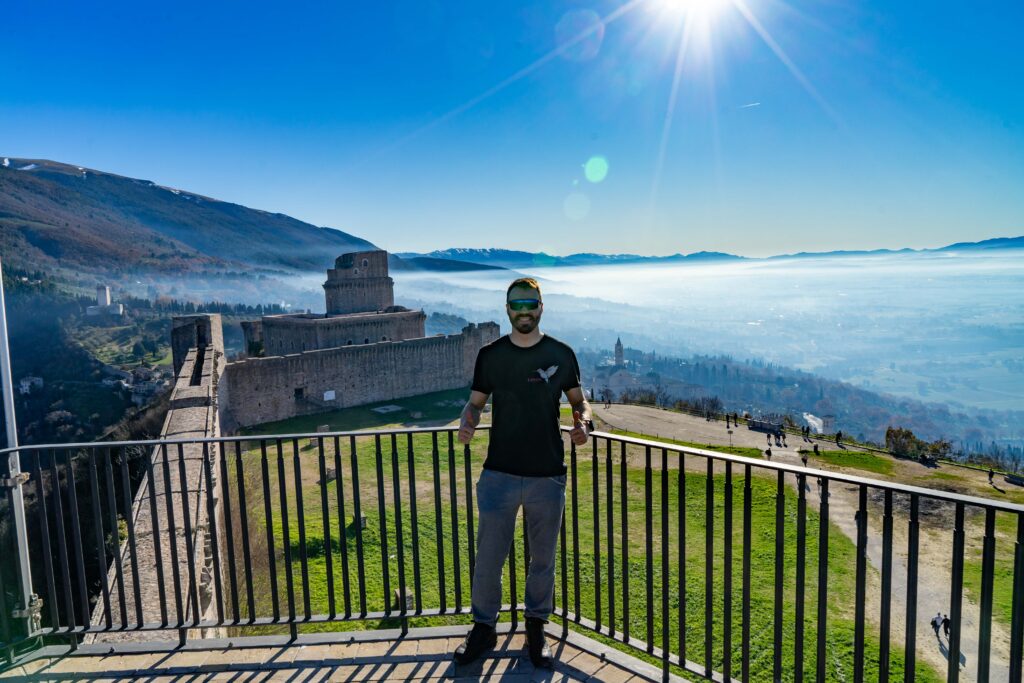
My wandering led me to the Basilica di San Francesco, or the Basilica of Saint Francis. This magnificent church is a UNESCO World Heritage site and the mother church of the Franciscan Order. Construction began in 1228, just two years after the death of Saint Francis, and it was completed in 1253. The Basilica is actually two churches in one: the Upper Basilica, built in the Gothic style, and the Lower Basilica, built in the Romanesque style. The Upper Basilica houses a famous cycle of frescoes by Giotto, depicting the life of Saint Francis. The Lower Basilica contains the crypt where Saint Francis is buried. The basilica is not just a place of worship but a major pilgrimage site and a treasure trove of medieval and Renaissance art. After taking some time inside, I took the bus back to the train station.
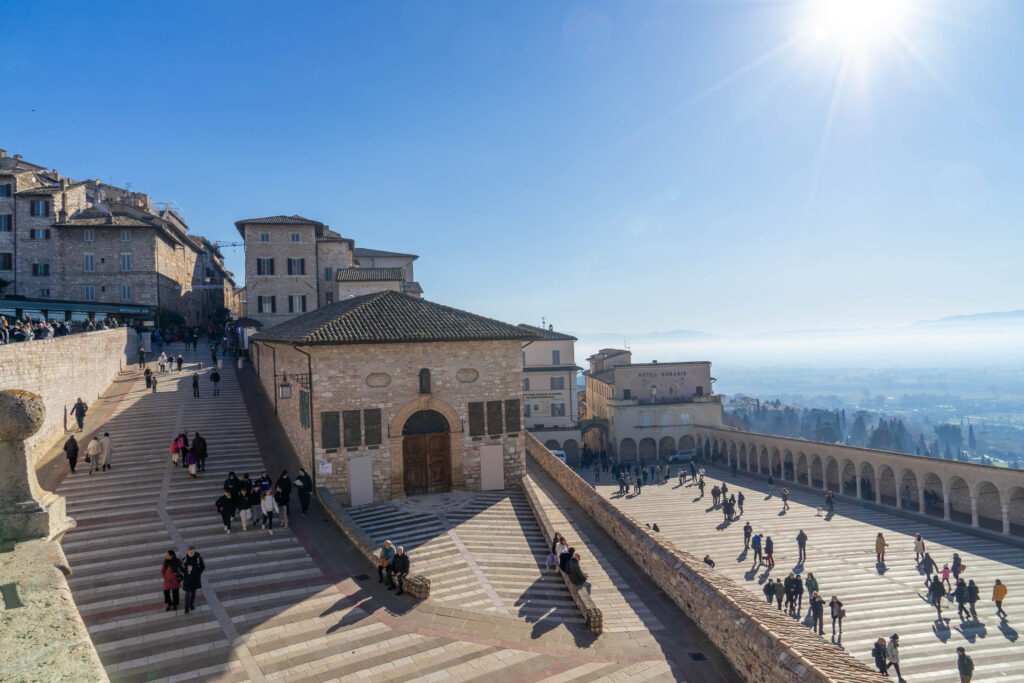
I still wasn’t sure if I should go to Bologna or Florence. In the end, I chose Florence because the train ticket to Bologna was 33 euros, and I thought there were plenty of things to see in Florence. On the train ride, I chatted with different people and started writing these blog posts about my Italy trip.
In Florence, the hostel, YellowSquare, wasn’t super close to the train station, but after a 20-minute walk, I got there. The staff was very friendly, and I shared the room with a guy from Belgium. In the evening, I chatted with different people, and eventually, two Italian guys said they were going back to the city center. I asked if I could join them, and they said yes, but then they just disappeared from the hostel. I thought, “Okay, then not,” and explored the city center by myself. (In the next morning it turned out they just went to bed 🙂 ) Since it was cold, there weren’t many people out, so I had the city almost to myself. After an hour, I’d seen enough and went back to the hostel.
Next post: Art, History, and New Year’s Eve in Florence – Matthias Meyer
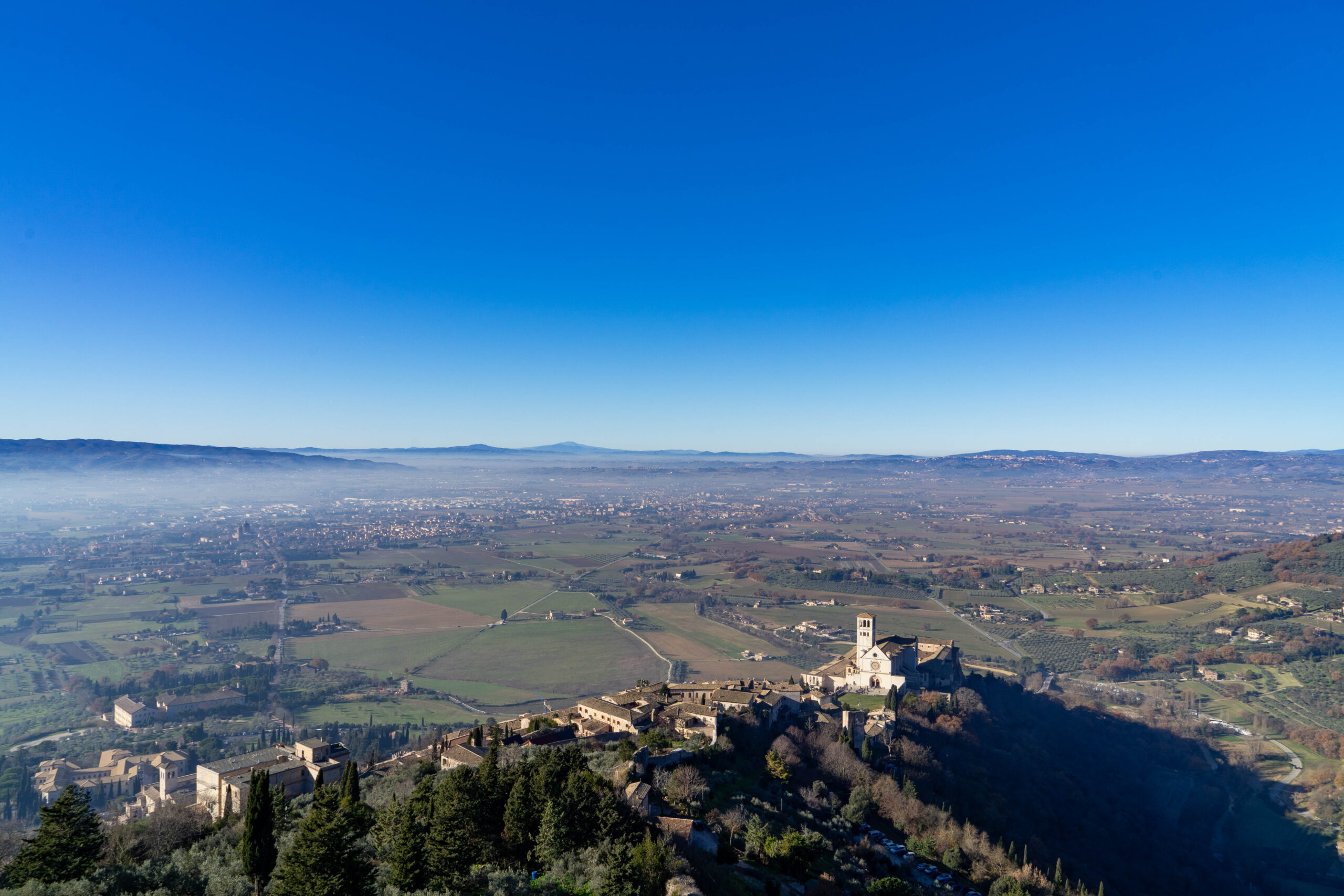
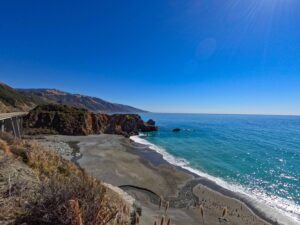
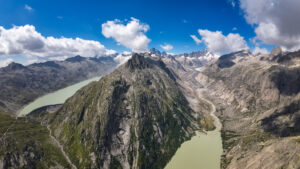
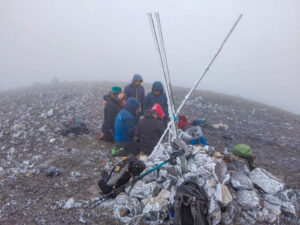
Pingback: Art, History, and New Year’s Eve in Florence – Matthias Meyer